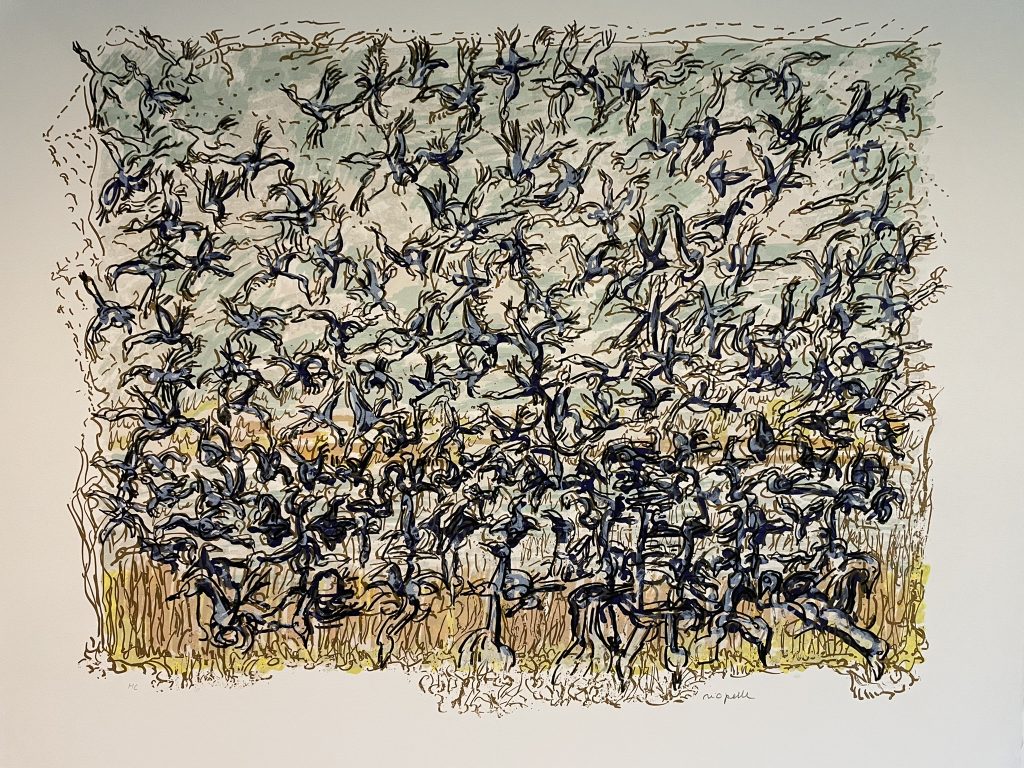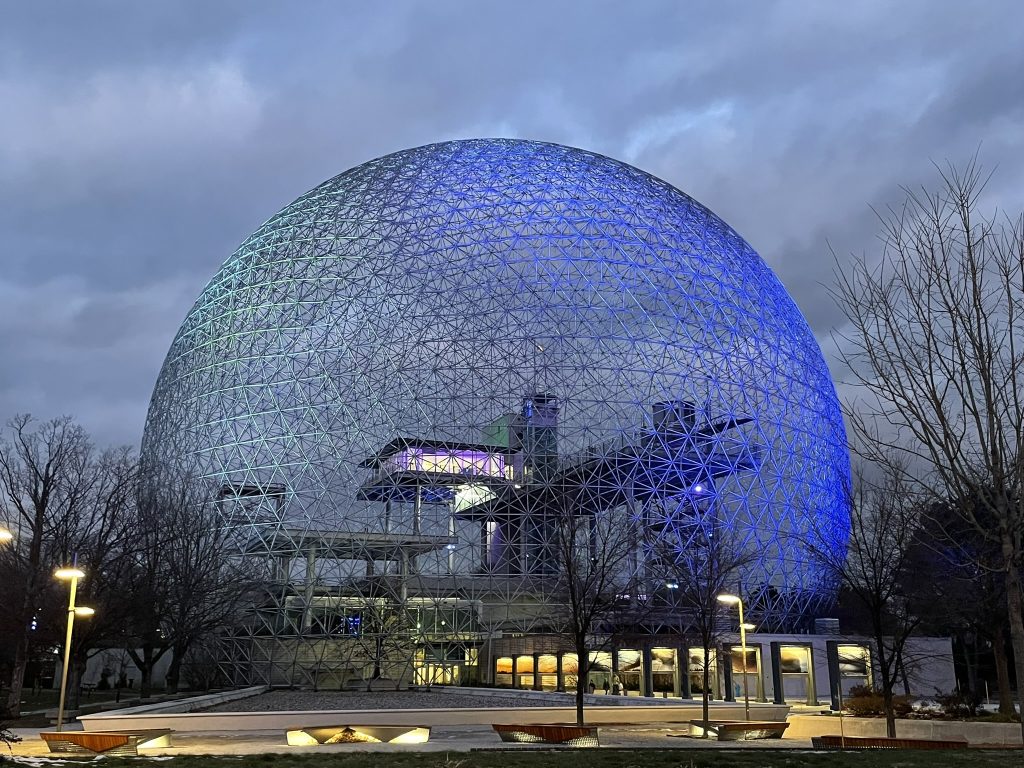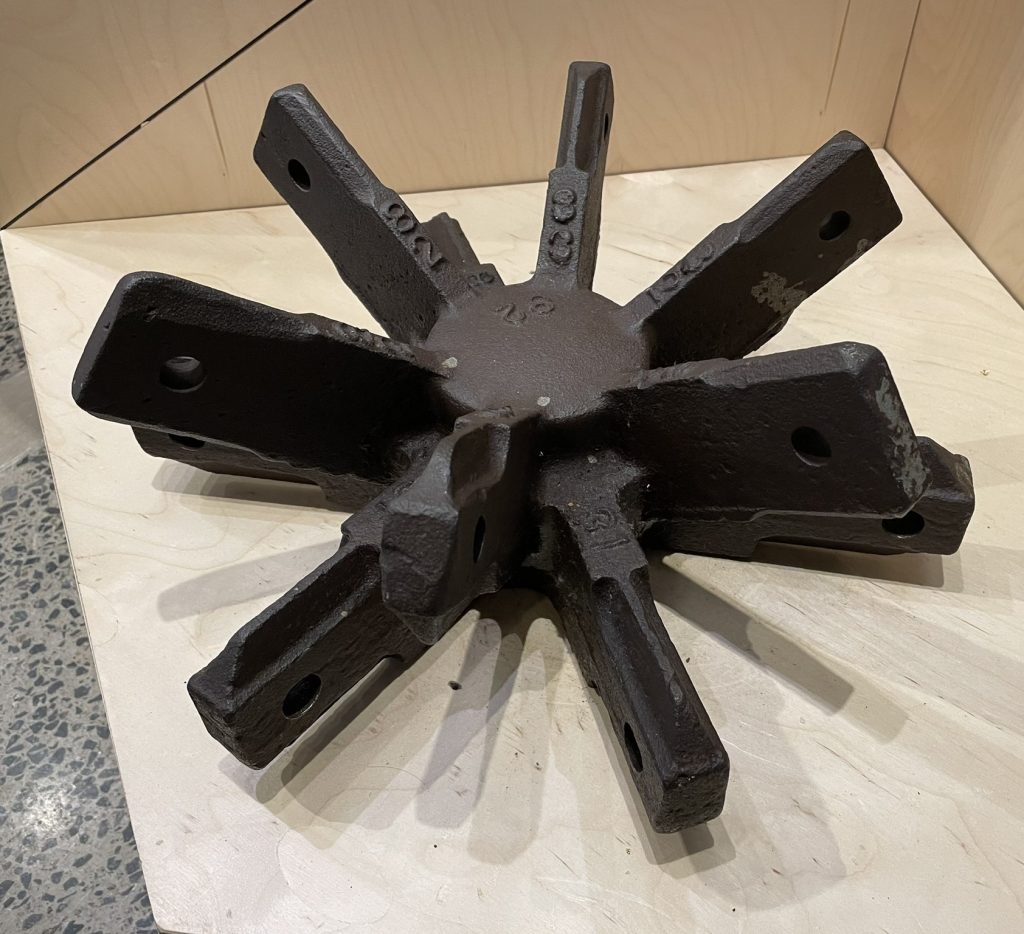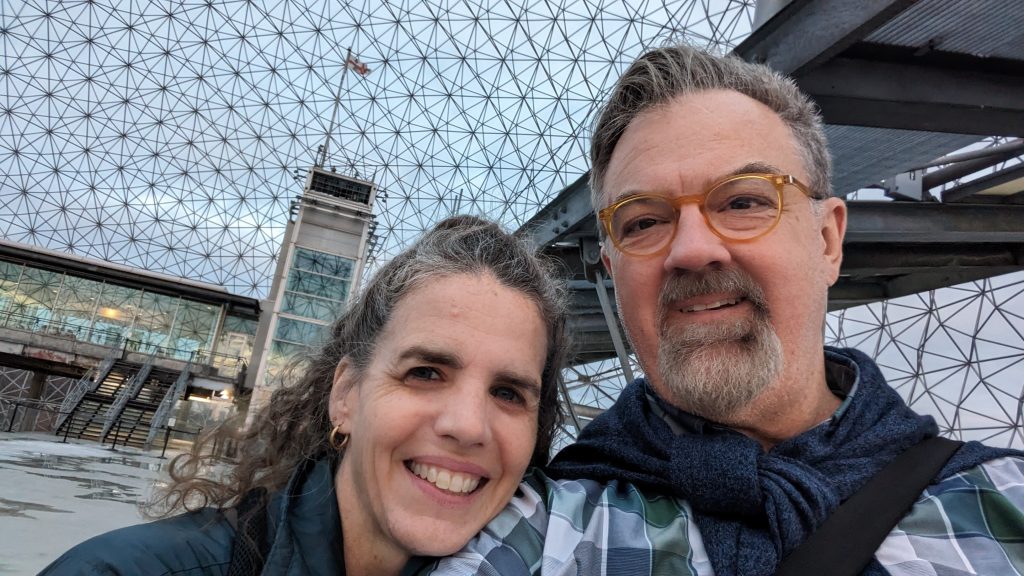I was on the fence about visiting the Biosphère in Montreal, Canada –– it was not near anything else on our itinerary, it was a bit pricey, and it didn’t seem all that that interesting.
However, since it was on Doug’s list, and since we had two hours left on our Museum Pass, we decided to make a mad dash across (or rather under the St. Lawrence River on the Montreal Metro) to see what this structure was all about.
The main interest for us about the Biosphere is its architecture. As you’ve surely already noticed, it’s a big open geodesic dome, 249 feet across and 203 feet high, with a multiple-story, multi-level building constructed inside.


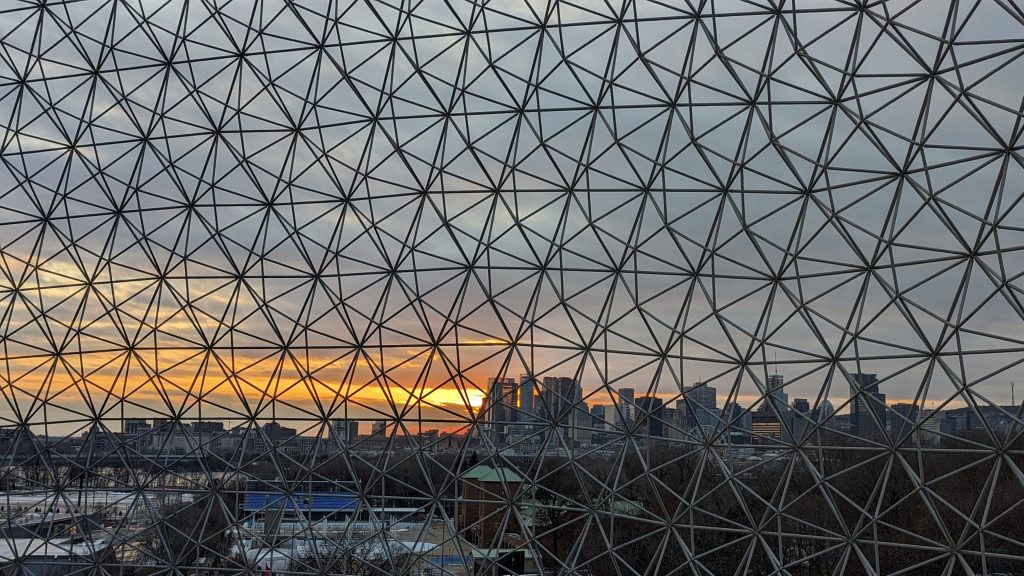
It was designed by architect/philosopher/futurist Buckminster Fuller, along with Shoji Sadao, as the United States pavilion for Expo ’67. As you can probably deduce, the expo was held in 1967 and was one of the most popular world’s fair of the 20 century. (Fun fact: The Montreal Expos Major League Baseball team was named after the Expo ’67.)
After the Expo, the U.S. donated the structure to the city, where it saw various uses for the next few years.
The Biosphère was not originally open like it is today, but was enclosed in a transparent acrylic bubble. In May 1976, a welding crew spark ignited a fire, and the panels went up in flames in just 30 minutes. The good news is, the fire burned so fast, it didn’t damage the steel trusses. The panels were never replaced.
Though the city quickly announced it would open the site again, it floundered for years while a good use for it was found.


In 1995, the Biosphère reopened as a museum focused on the water ecosystems of the Great Lakes-Saint Lawrence River regions. If you’re like me, that sounds like an “important” but probably-not-so-fun experience, but the museum incorporates art into fulfilling its mission. In the end, we enjoyed exploring the sphere itself and the exhibits that were on display.
One interesting exhibit focused on the work of Ari Bayuaji, Weaving the Ocean. Bayuaji salvaged plastic fishing ropes and other debris that washed ashore in Bali and turned them into art through his weaving studio. He also brought locals in, providing them with skills and opportunities to earn a living as part of a larger collective recycling trash, cleaning up the ocean, and creating works of art.
We particularly enjoyed another current exhibit, Riopelle: A Bird Wild and Free, which honors artist Jean Paul Riopelle (1923-2002). Riopelle was an abstract painter and sculptor from Quebec who holds the record for the second highest price paid at auction for a Canadian work, $7,438,750 (CAD) for his painting Vent du nord in 2017. Interestingly, Riopelle in the 1950s lived and worked in Giverny, France, the location of Monet’s famous home and gardens.
Riopelle drew a lot of artistic inspiration from wild geese and the exhibit features works on that theme. The exhibit also included an immersive multi-media experience featuring a symphony inspired by Riopelle entitled Riopelle symphonique by Serge Fiori and Blair Thomson. Here is a snippet on Youtube.
